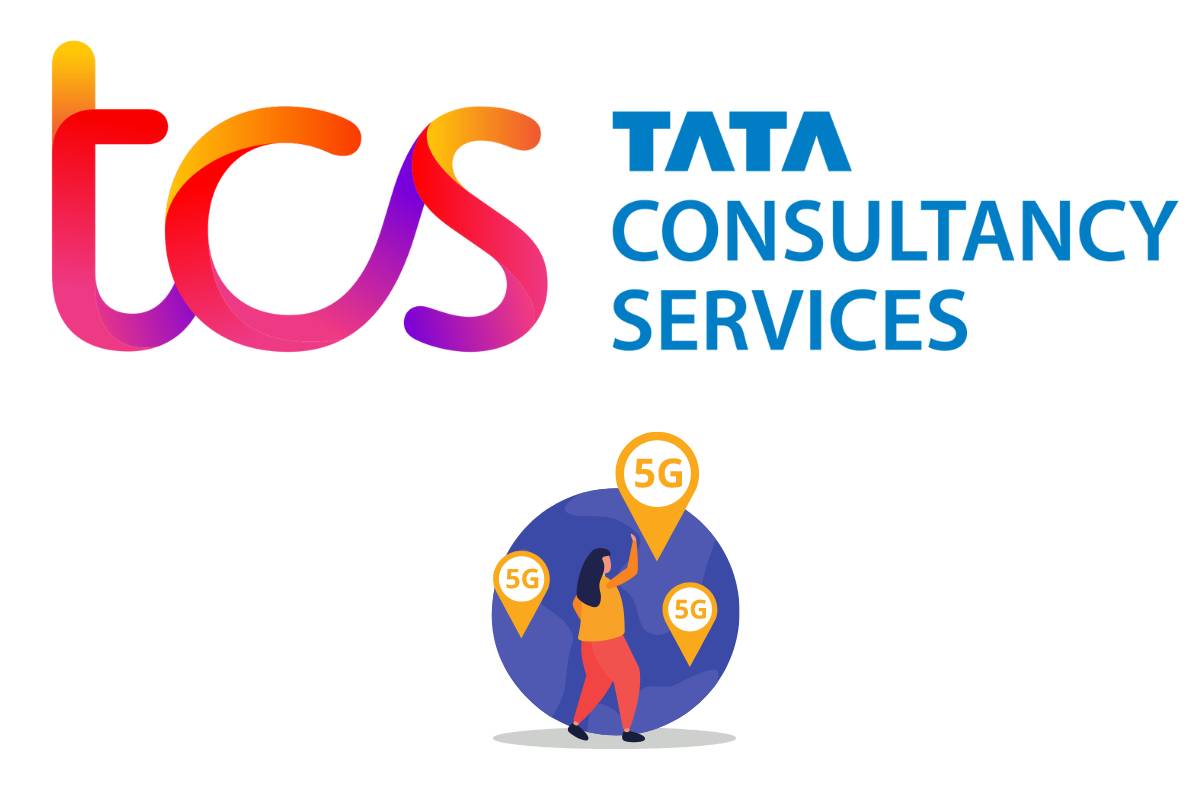
Last week, Wind River revealed a partnership with Indian giant Tata's IT services consulting division, Tata Consulting Services (TCS). According to Wind River, the two businesses will collaborate to develop a full-stack Virtual Radio Access Network (vRAN) solution for 4G and 5G networks. Installation and testing will be handled by TCS using Wind River Studio as the cloud platform.
TCS Will Use Wind River Studio To Serve Its Cognitive Network Operations Services
Wind River Studio and TCS' Cognitive Network Operations Platform are combined in this release, according to a statement from TCS Vice President and Head of Network Solutions and Services Vimal Kumar (CNOPS). “Our Cognitive Network Operations platform hosted on Wind River Studio will help telecom network operators leverage AI and ML to monitor network health, predict possible failures, architect a customer-centric network experience, and maintain exceptional service quality,” said Kumar.
As per TCS, CNOPS is a fully integrated solution for Communication Service Providers (CSPs) that enables data analysis communication networks based on minimal networking principles and uses AI and ML. A single network view with correlated alarm display and service view is one of the network's key features, as are fault and performance prediction, heuristic data analysis gathering performance data across network functions including access, transport, core and application, and authority, auto-ticketing of network issues, and support for multi-tenancy. To build and maintain scaled-out edge networks, Studio offers operators a cloud-native, Kubernetes-friendly container framework.
“Together with TCS, we can deliver agile, secure, reliable, and ultra-low latency solutions to support new use cases in a world that places increasing importance on the cloud, the edge, and greater intelligence,” said Rajeev Rawal, Wind River’s head of country sales for India.
Verizon and Vodafone are just some of the firms that Wind River has partnered with to increase Studio's use in vRAN initiatives. KDDI, a Japanese operator, is utilising the platform for its O-RAN-compliant 5G Standalone (SA) virtualized base station technology, Wind River revealed in February. In order to create a totally automated 5G far-edge cloud, the firm teamed up with the Finnish carrier Elisa in February. The original scope of the installation featured Ericsson, the current 5G core vendor for Elisa, and its completely containerized 5G user plane function (UPF). The businesses then intended to evaluate border cloud services. Use cases like Open RAN, which requires real-time processing at the network's outer edge, will be among them.
In order to deliver Telecom Infrastructure Blocks, a partnership between Dell Technologies and Wind River was launched in September. Through the usage of the new devices, which include verified and pre-packaged hardware and software created expressly for telecom workload needs and use cases, the firms promise CSPs easier telco cloud network installation and activity is designed. They will become accessible in November. The vCU/vDU architecture block consists of two quad-port 10/25 Gigabit Ethernet (GbE) interfaces and a Dell Poweredge XR11 system with a third-generation Intel Xeon processor, RAM, Solid-State Drives (SSDs), and SSDs. Additionally, Dell offers thorough design instructions for configuring the blocks to support vRAN and Open RAN systems, ranging from 8 to 15 radios and working at various radio frequencies.
Worker Nodes and Controller Nodes are two of the Site Controller Infrastructure Blocks that Dell will also provide. One Worker Node and two Controller Nodes are needed for each Site Controller. Based on Dell PowerEdge R750 servers, Site Manager Architecture Units are preconfigured with Wind River Studio Cloud Platform, Wind River Studio Conductor, and Wind River Studio Analytics.















